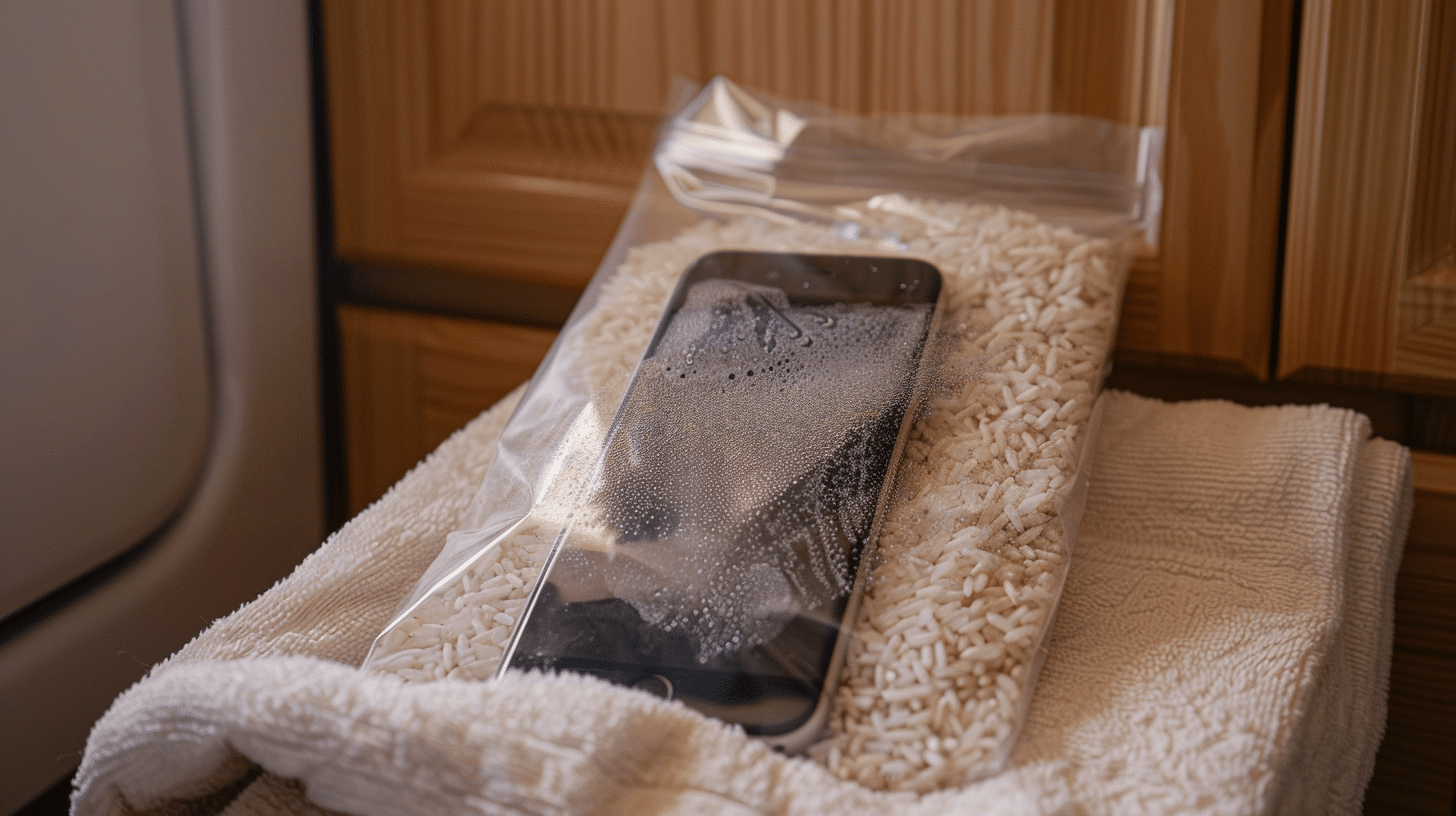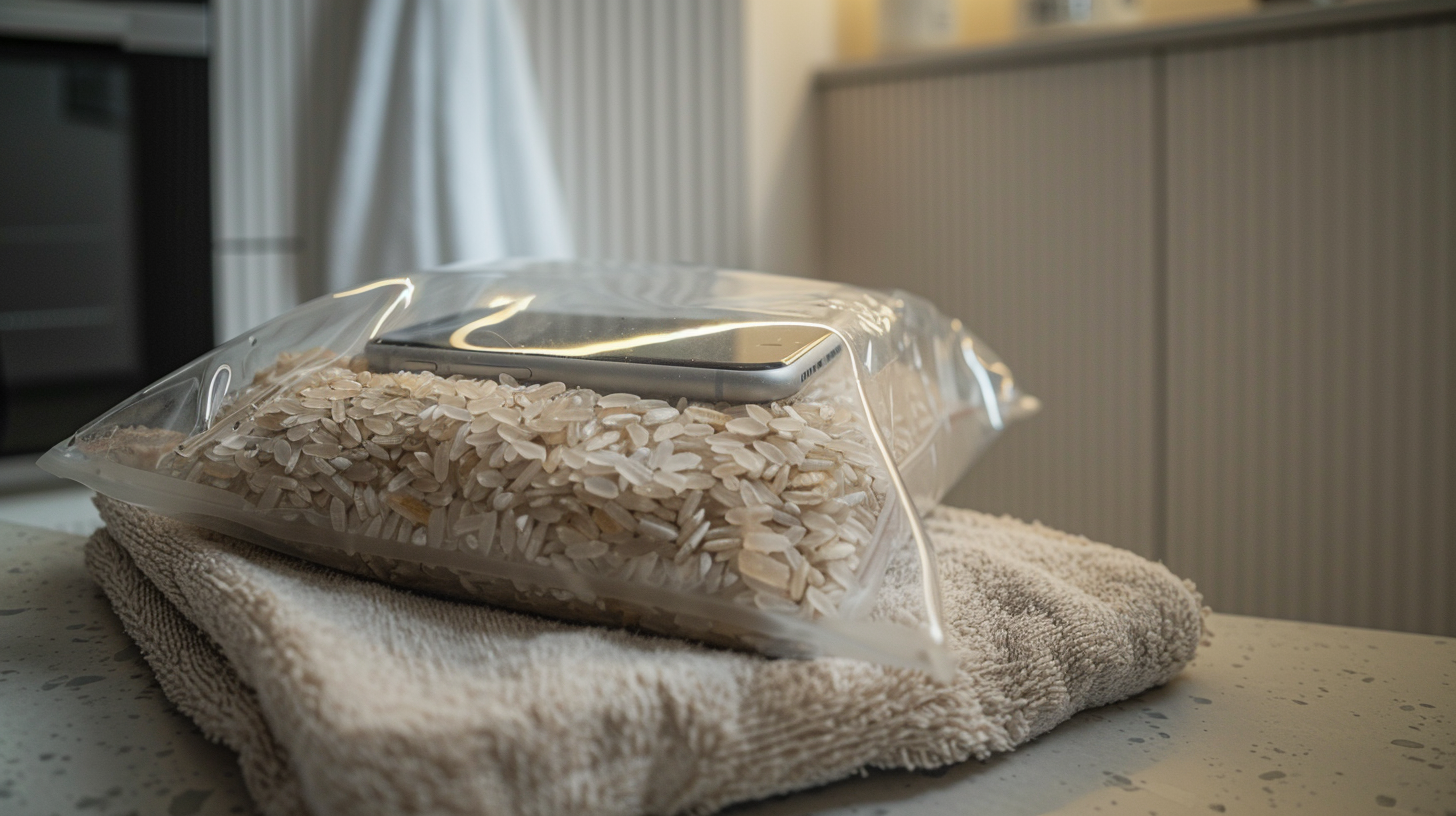As men, we’ve all been there. It’s the weekend or an unexpected free period and you find yourself wondering what on earth to do with all that free time besides browsing social media or binge watching Netflix? Sure, your friends might suggest playing a sport, hitting up the pub, or tinkering with DIY projects, but are you looking for something truly unconventional that will spark your curiosity, teach new skills or give you something interesting to talk about later? Gentlemen, it’s time to think outside the box. Here are some brilliantly unconventional ideas.

Master the Art of Leathercraft
Forget flat-pack furniture assembly, leathercraft is where true artistry (and patience) shine. Leather crafting allows you to craft functional yet high-quality items with your own hands. Anything from wallets, belts or even knife sheaths. There’s something immensely rewarding about learning a skill that dates back centuries, using pricking irons and skivers to craft pieces that may outlive you. Not to mention you’ll end up with (possible) gifts and accessories that exude old-school sophistication. Online tutorials make this accessible even if you aren’t the most artistic among your friends. Who knows, maybe what begins as a hobby might even turn into an Etsy side hustle.
Give Falconry a Try
Yes, you read right, falconry could become your new passion. Although this ancient practice of training birds of prey might sound like something from medieval knights’ domain, modern falconry remains an exhilarating activity that is still going strong today. There are many falconry centres across the UK offering beginner experiences so that you can learn basic handling techniques of these majestic creatures. Falconry makes you seem extremely cool when mentioned during casual conversations. And bonding with your own hawk or falcon will open your mind up to nature’s beauty too.
Learn a Dead Language
Step aside Spanish and Mandarin and challenge yourself by picking up one or more dead languages like Latin. While it might no longer be found on the streets, its influence still can be found in law, medicine, and science, not to mention Old English and Ancient Greek which might make ordering coffee any simpler. Cracking these linguistic puzzles provides your brain with an intense workout. Who needs Sudoku when there are ancient verb conjugations?
Take Up Competitive Axe Throwing
Looking for something a bit more different? Try your hand at competitive axe throwing. Once a niche activity in Canada, axe-throwing has now found its way to cities throughout the UK with venues opening nationwide offering this fun activity combining precision, strength, and primal energy. Bring a friend along for some competition or join a league to take your skills even further.
Become a Whisky Connoisseur
Drinking whisky can be fun, but truly understanding it requires an art form. Don’t simply stockpile bottles, take the time to explore its depths. Learn about distillation processes, experiment with tasting notes and distinguish Speyside and Islay whiskies confidently. There are whisky tasting events all across the UK that offer full masterclasses or why not even create your own blend? Either way, your refined palate and sophisticated hobby is here waiting for you.
Exploring Online Gaming and Gambling Platforms
Online games and gambling have quickly become immensely popular over the past several years among those looking for competitive thrills or hoping to put their luck to the test. From multiplayer online games that bring people from around the globe together to virtual casinos offering poker, slots and roulette. The online gaming world caters to a range of interests and needs. Numerous platforms now integrate sophisticated graphics and live interactions, creating experiences similar to in-person gaming. And many offer free offers and bonuses, making it accessible for anyone to give online gambling a try and potentially score big wins. However, it’s important to approach online gambling responsibly by setting limits and keeping it as an entertainment source rather than financial risk. From fantasy sports strategy games to placing bets on roulette wheels, the digital world offers endless opportunities for enjoyment and engagement.
Take Up Urban Foraging
Although most people think of foraging as something best reserved for forests, did you know you can take part right in the city itself. Parks, riversides and even green verges offer up an abundance of edible treasures waiting to be discovered. From wild garlic pesto to elderflower cordials, urban foraging can turn a casual stroll into a culinary adventure. However, it’s important that beginners start small with beginner classes or guides as picking out any wrong plant could have disastrous results and emergency room visits. So start small but gain the knowledge necessary, then finally emerge a man capable of literally living off the land himself.
Build Your Own Home Brew Masterpiece
Why settle for store-bought beer when you can craft your own? Craft brewing has grown increasingly popular over recent years, making it a fantastic creative hobby that allows anyone who appreciates beer to get creative and indulge their thirsty side. Whether your tastes lean toward ales, stouts or fruity concoctions, experimentation with ingredients and techniques can lead to some truly tasty results. Starting isn’t complicated either as numerous starter kits are readily available online, making this pastime accessible while giving others an excuse to share what’s in their fridge.
Master Fire Poi Spinning
Though spinning fiery objects might sound dangerous, fire poi spinning is one of the most exhilarating skills you can master and it’s safer than it appears with proper guidance. By practicing and mastering choreographed routines that rival festival performances with ease. All it takes is patience, coordination, and an adventurous streak. But by then you’ll be whipping flames through the air confidently, becoming the star attraction at any outdoor gathering.

Conclusion
Experiencing something new is an excellent way to add spice and excitement to life. There’s sure to be something suitable for every enthusiast out there. Physical challenges, mental stimulation or creative outlets, there is something waiting to be discovered out there for all. Don’t be scared to step outside your comfort zone and give something new a try. Who knows what hidden passions or talents may surface along the way.



















